2013 Honda Accord Brake Rotors and Pads
Click here to search another vehicle
All Rotors:
OEM x
Coated x
Drilled, Slotted and Coated x
Front x
Rear x
All Pads:
Ceramic x
Semi-metallic x
Front x
Rear x
Found 27 record
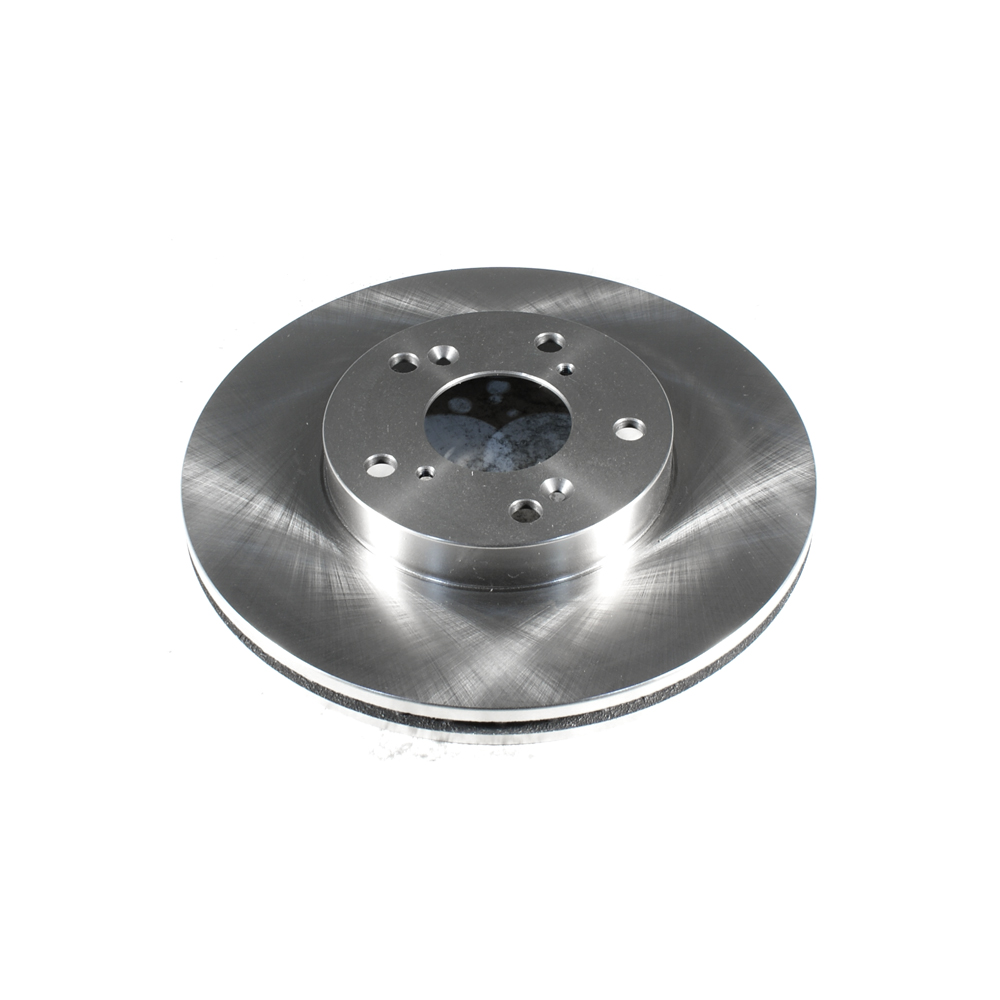
Part No: BR31257
Raybestos: 96711/980072
OE: 45251TA5A00
Raybestos: 96711/980072
OE: 45251TA5A00
$36.52 each
Per Car QTY: 2
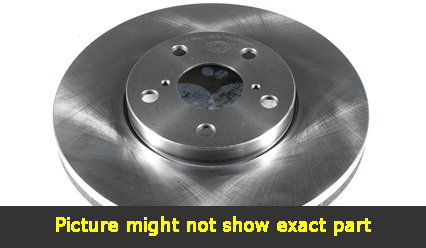
Part No: BR575120
Raybestos: 981022
OE: 45251-T2F-A50
Raybestos: 981022
OE: 45251-T2F-A50
$54.47 each
Per Car QTY: 2
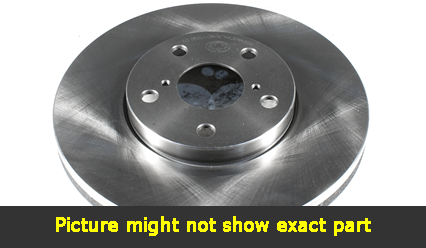
Part No: BR575121
Raybestos: 981037
OE:
Raybestos: 981037
OE:
$37.66 each
Per Car QTY: 2
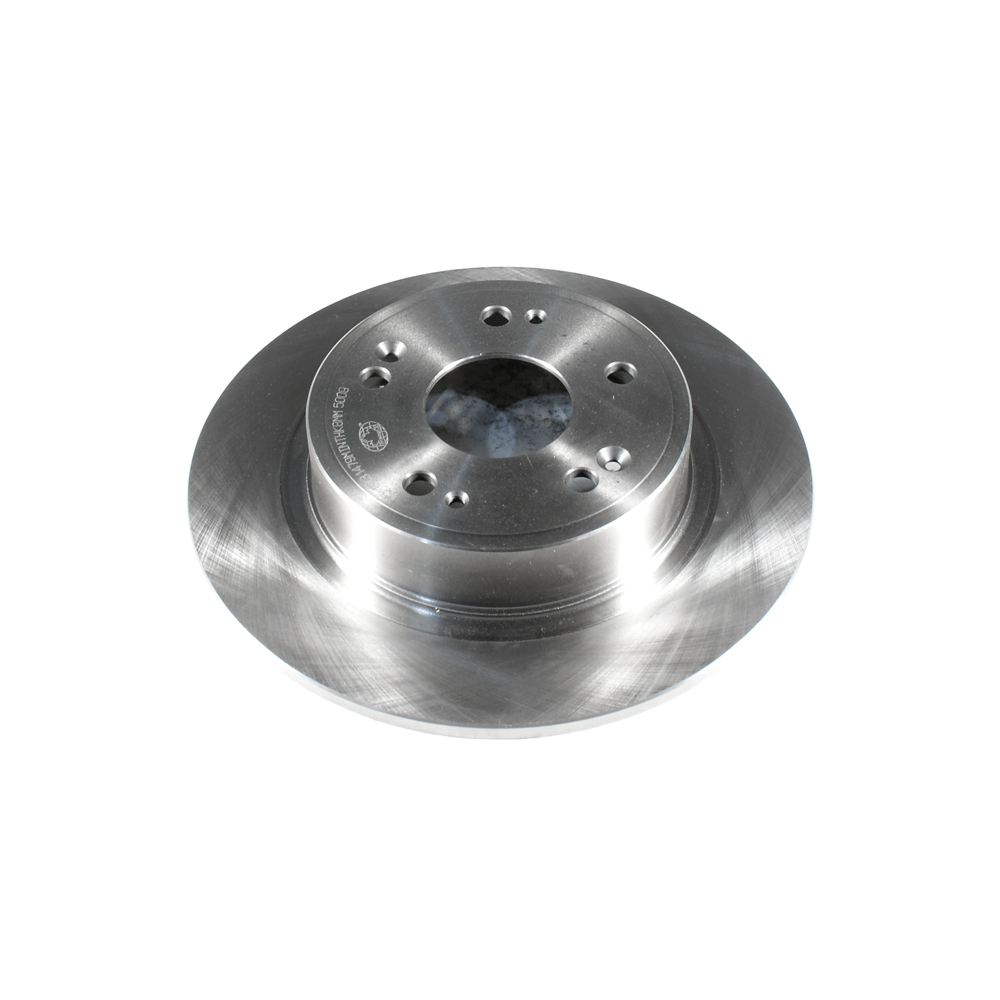
Part No: BR31479
Raybestos: 980577
OE: 42510SFY000
Raybestos: 980577
OE: 42510SFY000
$29.43 each
Per Car QTY: 2
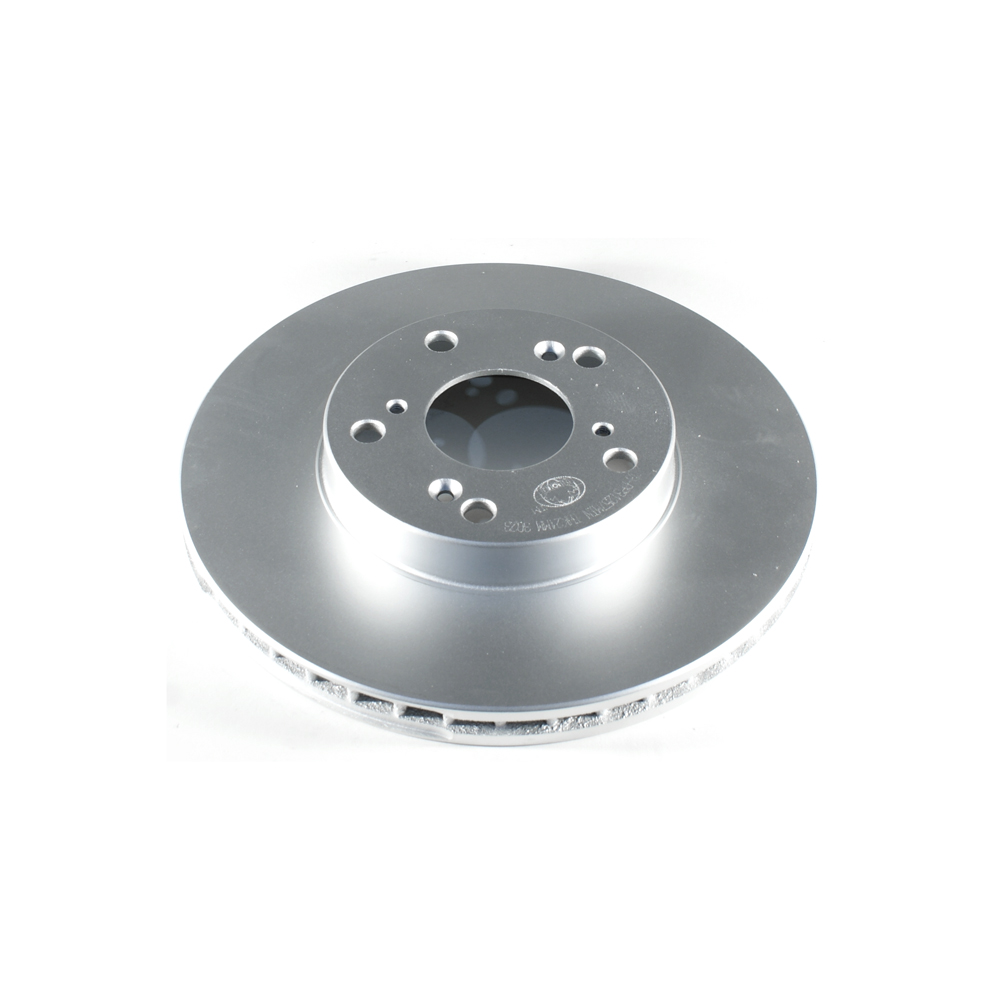
Part No: PP31257
Raybestos: 96711
OE: 45251S7AN10
Raybestos: 96711
OE: 45251S7AN10
$45.94 each
Per Car QTY: 2
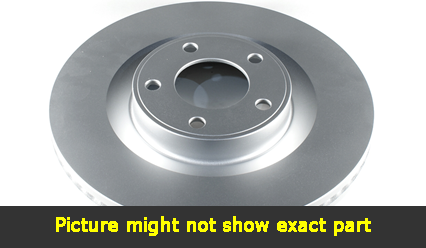
Part No: PP575120
Raybestos: 981022
OE: 45251-T2F-A50
Raybestos: 981022
OE: 45251-T2F-A50
$67.73 each
Per Car QTY: 2
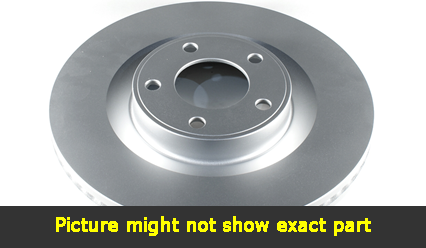
Part No: PP575121
Raybestos: 981037
OE:
Raybestos: 981037
OE:
$45.74 each
Per Car QTY: 2
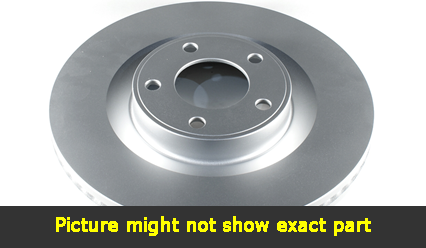
Part No: PP31479
Raybestos: 980577
OE: 42510SFY000
Raybestos: 980577
OE: 42510SFY000
$37.84 each
Per Car QTY: 2
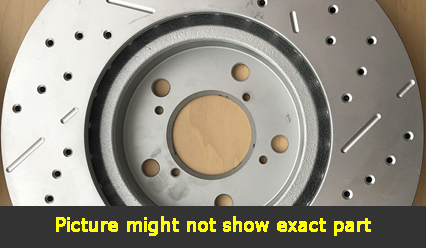
Part No: SP31257L
Raybestos: 96711/980072
OE: 45251TA5A00
Raybestos: 96711/980072
OE: 45251TA5A00
$78.34 each
Per Car QTY: 1
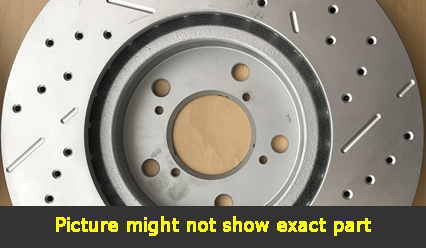
Part No: SP31257R
Raybestos: 96711/980072
OE: 45251TA5A00
Raybestos: 96711/980072
OE: 45251TA5A00
$78.34 each
Per Car QTY: 1

Part No: SP575120L
Raybestos: 981022
OE: 45251-T2F-A50
Raybestos: 981022
OE: 45251-T2F-A50
$104.18 each
Per Car QTY: 1
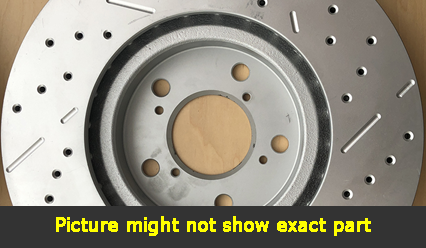
Part No: SP575120R
Raybestos: 981022
OE: 45251-T2F-A50
Raybestos: 981022
OE: 45251-T2F-A50
$104.18 each
Per Car QTY: 1
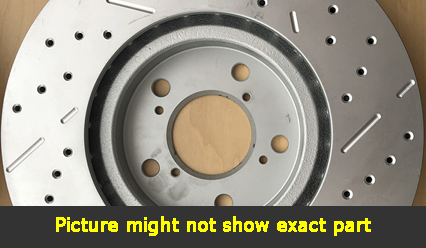
Drilled, Slotted and Coated Brake Rotor
Position: FRONT LEFT
Fitment Notes: EX-L; 3.5L V6 Eng.; Touring; 282mm
Position: FRONT LEFT
Fitment Notes: EX-L; 3.5L V6 Eng.; Touring; 282mm
Part No: SP575121L
Raybestos: 981037
OE:
Raybestos: 981037
OE:
$78.14 each
Per Car QTY: 1
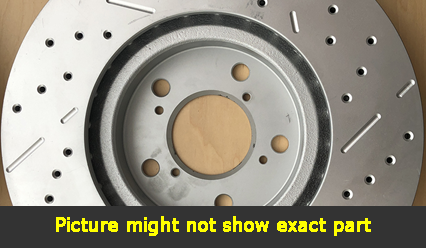
Drilled, Slotted and Coated Brake Rotor
Position: FRONT RIGHT
Fitment Notes: EX-L; 3.5L V6 Eng.; Touring; 282mm
Position: FRONT RIGHT
Fitment Notes: EX-L; 3.5L V6 Eng.; Touring; 282mm
Part No: SP575121R
Raybestos: 981037
OE:
Raybestos: 981037
OE:
$78.14 each
Per Car QTY: 1
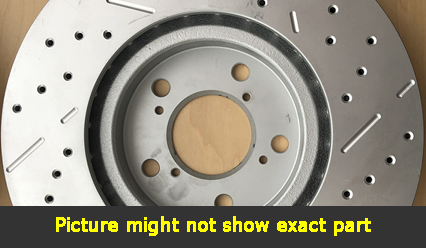
Part No: SP31479L
Raybestos: 980577
OE: 42510SFY000
Raybestos: 980577
OE: 42510SFY000
$70.24 each
Per Car QTY: 1
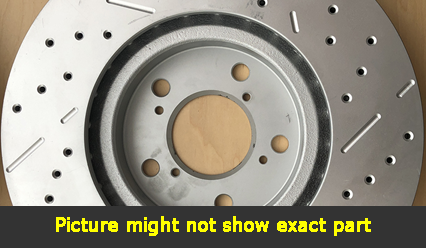
Part No: SP31479R
Raybestos: 980577
OE: 42510SFY000
Raybestos: 980577
OE: 42510SFY000
$70.24 each
Per Car QTY: 1
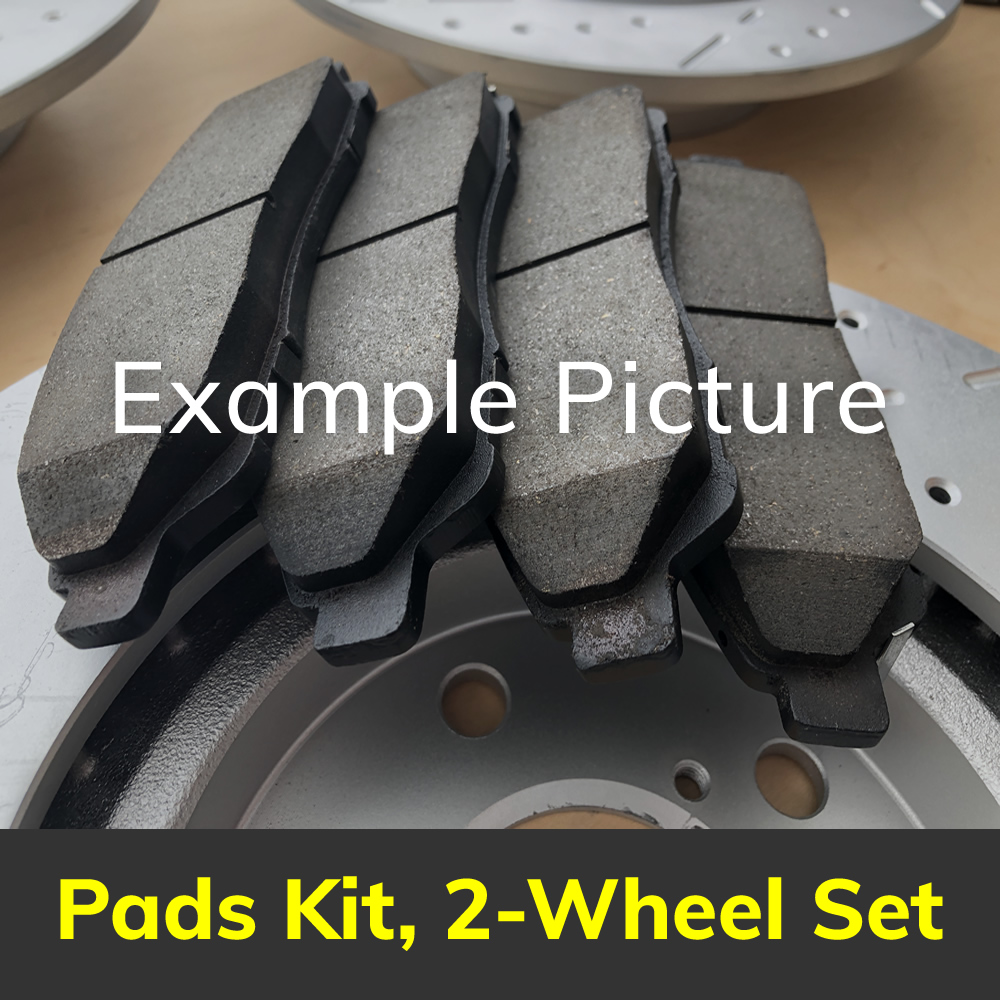
Part No: PD1654C
Raybestos: 1654
OE:
Raybestos: 1654
OE:
$34.07 each
Per Car QTY: 1
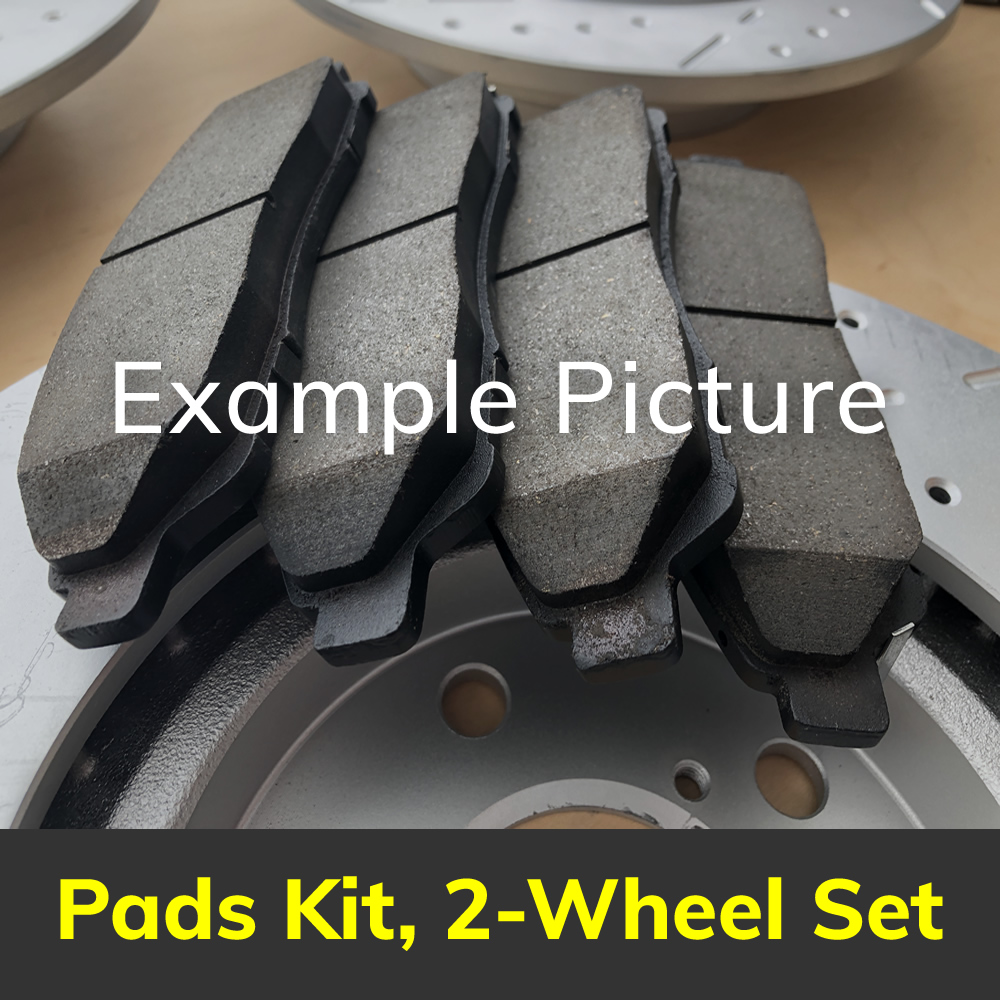
Part No: PD914C
Raybestos: 914
OE:
Raybestos: 914
OE:
$38.07 each
Per Car QTY: 1
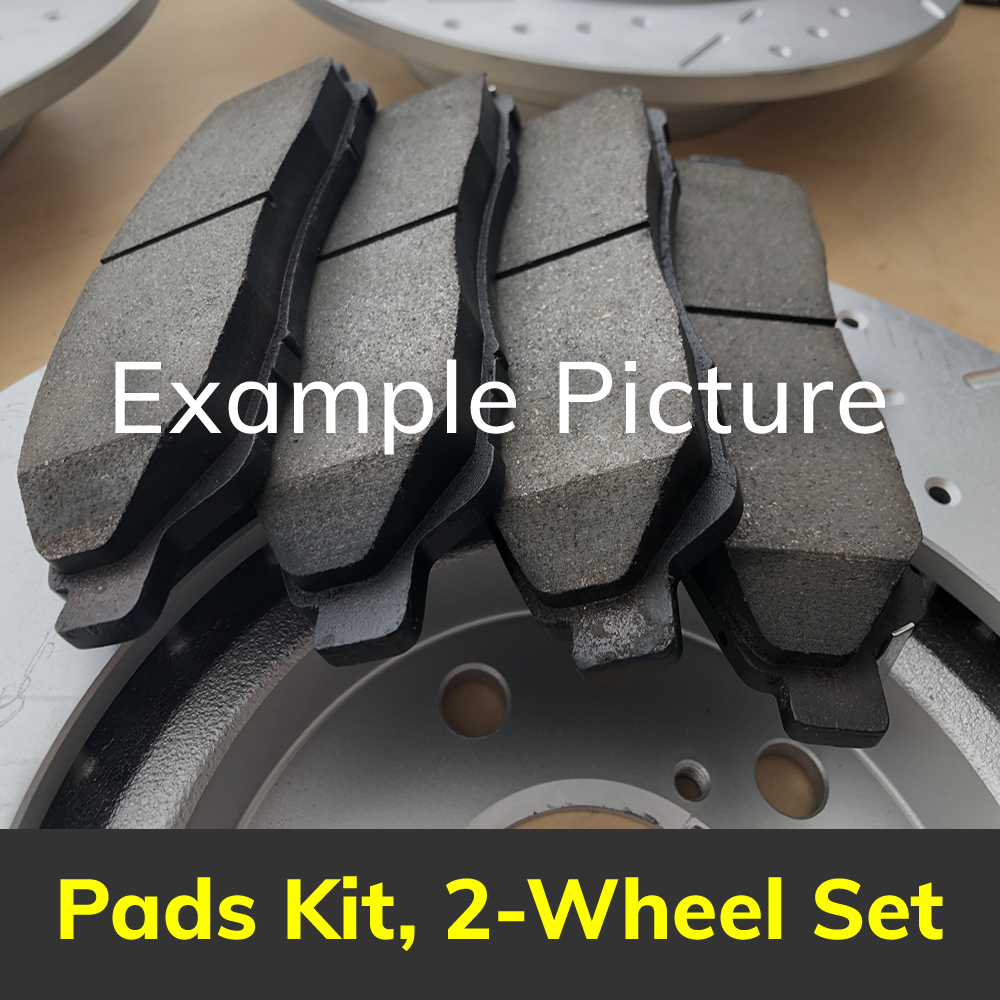
Part No: PD1336C
Raybestos: 1336
OE:
Raybestos: 1336
OE:
$31.54 each
Per Car QTY: 1
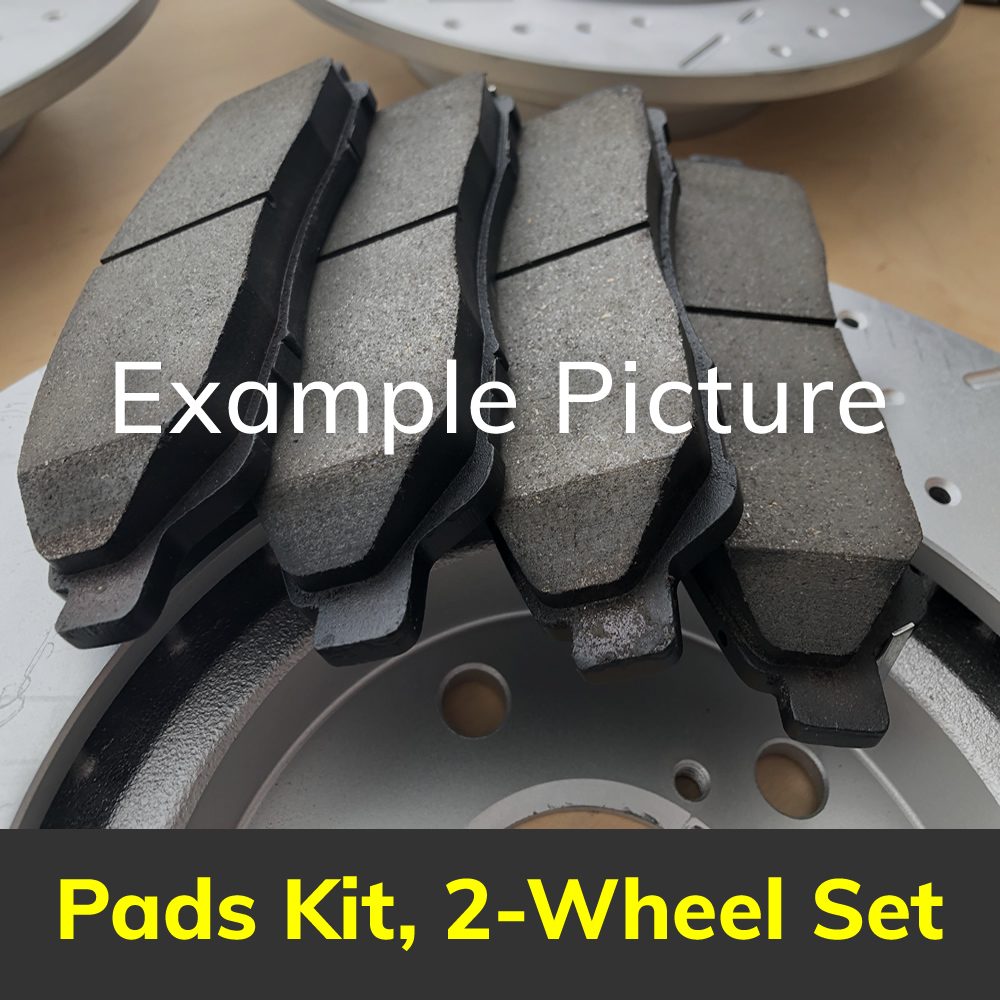
Part No: PD1451C
Raybestos: 1451
OE:
Raybestos: 1451
OE:
$31.48 each
Per Car QTY: 1
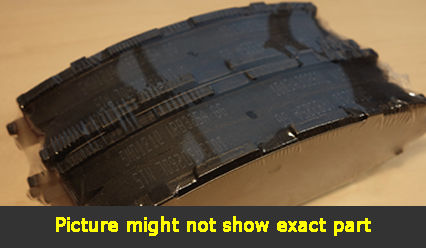
Part No: SMD914
Raybestos:
OE:
Raybestos:
OE:
$23.51 each
Per Car QTY: 1
When it comes to ensuring the safety and performance of your vehicle, one crucial component that often goes unnoticed or taken for granted is the braking system. Brakes are one of the primary safety features of any vehicle, and a well-maintained brake system is essential for a smooth and safe drive. If you own a 2013 Honda Accord, let's delve into the braking system of this particular model to understand its features, performance, and maintenance.
The braking system in the 2013 Honda Accord is designed to deliver reliable stopping power while offering a comfortable and controlled braking experience. It utilizes advanced technology and components to enhance both safety and performance. Depending on the specific trim level, the braking system may vary slightly, but the overall functionality remains consistent.
One of the prominent features of the 2013 Honda Accord's brake system is the anti-lock braking system (ABS). ABS prevents the wheels from locking up during sudden braking, ensuring that you can maintain steering control even under hard braking conditions. This feature significantly reduces the risk of skidding or losing control of the vehicle, improving overall safety.
Another noteworthy aspect of the 2013 Honda Accord's braking system is the Electronic Brake Distribution (EBD). EBD manages the distribution of braking force between the front and rear wheels, allowing for optimal braking performance and minimizing the risk of wheel lock-up. This technology ensures consistent and efficient braking, regardless of load distribution or road conditions.
In terms of brake components, the 2013 Honda Accord typically comes equipped with front disc brakes and rear drum brakes. However, higher trims or optional packages may have four-wheel disc brakes. Front disc brakes provide better stopping power and heat dissipation, while rear drum brakes offer reliability and cost-effectiveness. Drum brakes are less prone to damage from water, dirt, or debris, making them suitable for the rear wheels.
Maintaining the braking system of your 2013 Honda Accord is crucial to ensure its longevity and safety. Regular inspections, brake pad replacements, and brake fluid flushes are recommended. Brake pads typically need replacement every 30,000 to 70,000 miles, depending on driving habits and conditions. It's essential to monitor any unusual vibrations, grinding noises, or reduced braking performance, as these can indicate the need for immediate attention to the braking system.
Keeping the brake fluid clean and at the recommended level is vital, as contaminated or depleted fluid can compromise the effectiveness of the braking system. The brake fluid should be flushed and replaced every 2 to 3 years, depending on the manufacturer's guidelines. Regular maintenance of the brake rotors and drums, along with inspections of brake lines, calipers, and hardware, will ensure the braking system's optimal function.
In conclusion, the braking system of the 2013 Honda Accord is designed to deliver safety, performance, and reliability. With features such as ABS and EBD, it offers enhanced control and stability while braking. Regular maintenance and attention to the braking system will ensure its longevity and, ultimately, your safety on the road. If you own a 2013 Honda Accord, follow the manufacturer's recommended maintenance schedule and address any brake-related concerns promptly for worry-free driving.
The braking system in the 2013 Honda Accord is designed to deliver reliable stopping power while offering a comfortable and controlled braking experience. It utilizes advanced technology and components to enhance both safety and performance. Depending on the specific trim level, the braking system may vary slightly, but the overall functionality remains consistent.
One of the prominent features of the 2013 Honda Accord's brake system is the anti-lock braking system (ABS). ABS prevents the wheels from locking up during sudden braking, ensuring that you can maintain steering control even under hard braking conditions. This feature significantly reduces the risk of skidding or losing control of the vehicle, improving overall safety.
Another noteworthy aspect of the 2013 Honda Accord's braking system is the Electronic Brake Distribution (EBD). EBD manages the distribution of braking force between the front and rear wheels, allowing for optimal braking performance and minimizing the risk of wheel lock-up. This technology ensures consistent and efficient braking, regardless of load distribution or road conditions.
In terms of brake components, the 2013 Honda Accord typically comes equipped with front disc brakes and rear drum brakes. However, higher trims or optional packages may have four-wheel disc brakes. Front disc brakes provide better stopping power and heat dissipation, while rear drum brakes offer reliability and cost-effectiveness. Drum brakes are less prone to damage from water, dirt, or debris, making them suitable for the rear wheels.
Maintaining the braking system of your 2013 Honda Accord is crucial to ensure its longevity and safety. Regular inspections, brake pad replacements, and brake fluid flushes are recommended. Brake pads typically need replacement every 30,000 to 70,000 miles, depending on driving habits and conditions. It's essential to monitor any unusual vibrations, grinding noises, or reduced braking performance, as these can indicate the need for immediate attention to the braking system.
Keeping the brake fluid clean and at the recommended level is vital, as contaminated or depleted fluid can compromise the effectiveness of the braking system. The brake fluid should be flushed and replaced every 2 to 3 years, depending on the manufacturer's guidelines. Regular maintenance of the brake rotors and drums, along with inspections of brake lines, calipers, and hardware, will ensure the braking system's optimal function.
In conclusion, the braking system of the 2013 Honda Accord is designed to deliver safety, performance, and reliability. With features such as ABS and EBD, it offers enhanced control and stability while braking. Regular maintenance and attention to the braking system will ensure its longevity and, ultimately, your safety on the road. If you own a 2013 Honda Accord, follow the manufacturer's recommended maintenance schedule and address any brake-related concerns promptly for worry-free driving.








